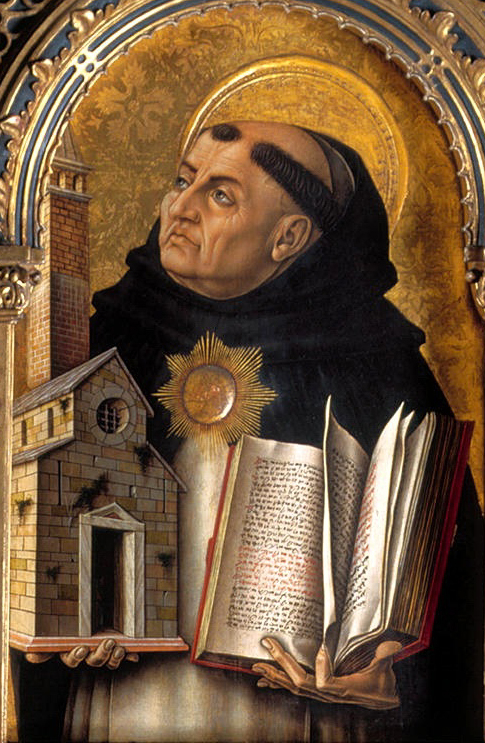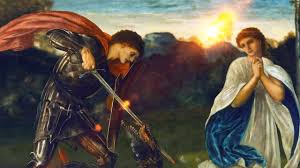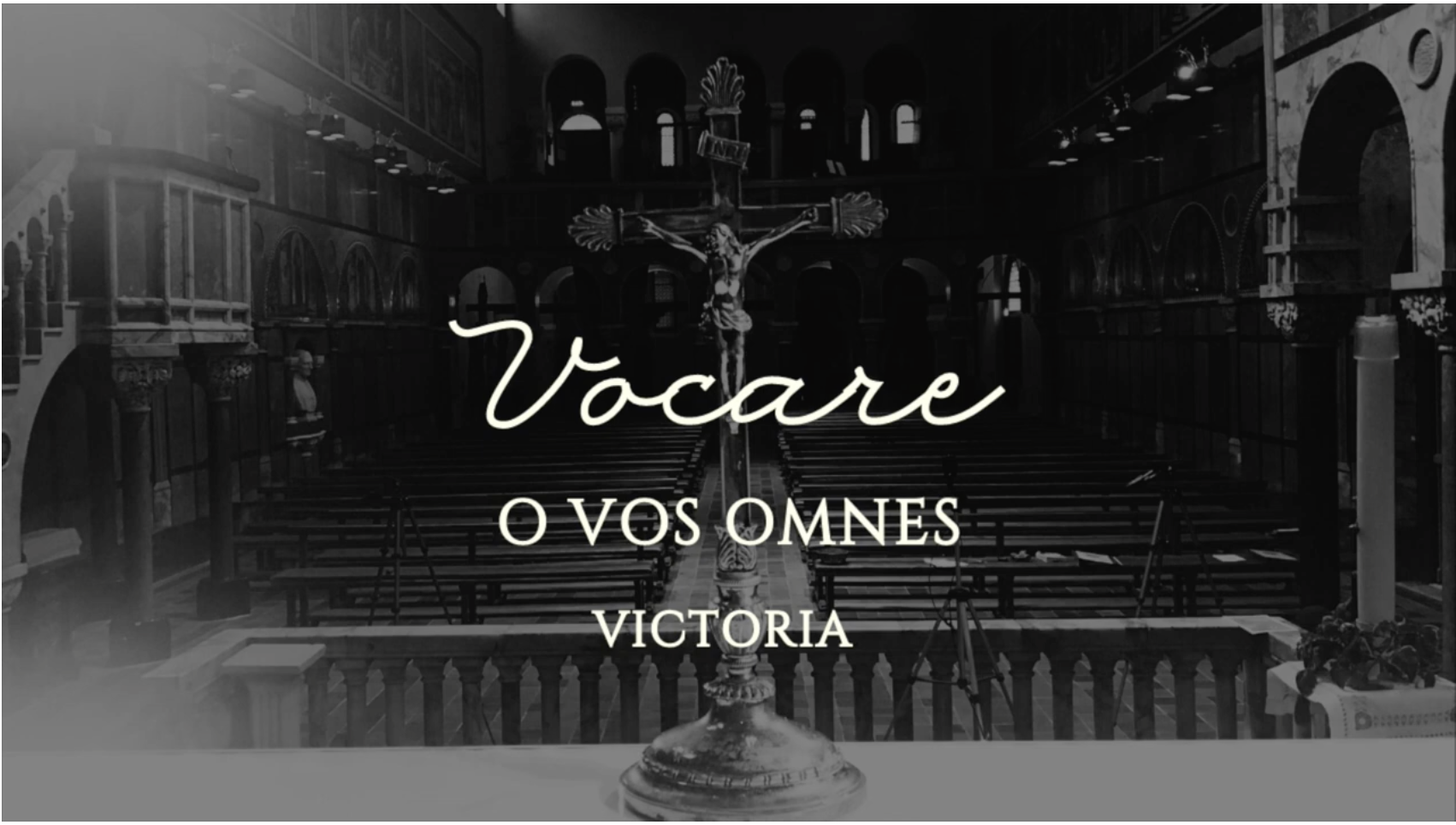The Feast of St. Thomas Aquinas is celebrated on January 28 (tomorrow, if you’ve lost track), the day his body was transferred to Toulouse in 1369. He was born at Roccaseca, across from the Abbey of Monte Cassino, in 1225. He died at the Cistercian Abbey of Fossanova on March 7, 1274.
Christof Cardinal von Schönborn, in a favorite passage, once said that Aquinas was the “only man ever canonized simply for thinking.”
The breviary for Aquinas’ feast cites an exposition he once made on the Creed. It begins with a question each of us has wondered about: “Why did the Son of God have to suffer for us?”
We often come up against the question of suffering in the lives of those we know or in own lives. Suddenly, unexpectedly, we read these lines. Our attention is quickly expanded. We are reminded a) that Christ suffered and b) that He suffered “for us.” Reading these words, we are alert. Christ did not “need” to suffer unless it was “for us.” We return to the initial formulation of the question: “Why did the Son of God ‘have’ to suffer for us?”
The wonderful thing about Aquinas is that he answers his own questions. He does not think a man is a profound philosopher simply by bringing up endless queries. One is only a philosopher when he answers such questions as posed or arrives at a point where he knows that he, with his own mind, cannot answer them.
This seeming impasse means that he is still open to an answer that he cannot himself, along with other philosophers, provide. It also means that, unlike many philosophers, he does not exclude the totality of the evidence available to him. This exclusion is the besetting aberration of the modern mind.
Thus, after posing his question, St. Thomas continues: “There was a great need, and it can be considered in a twofold way: in the first place, as a remedy for sin, and secondly, as an example of how to act.”

Aquinas found a relation between the “need” of Christ’s suffering and our own way of living. Put another way, we first encounter the “need” in our own lives before we are presented with a possible answer, one that the philosophers did not themselves pose. Yet, with Aristotle, they were aware of an endemic “wickedness” that recurs in human nature, that is, in each of our own lives, if we would look at them.
St. Augustine said that Christianity was not needed to explain what the virtues were. The philosophers explained them well enough. What they could not explain was how to live the virtues once we knew what they were.
Aquinas was a great pupil of the ever restless Augustine. So “Why did the Son of Man suffer for us?” Two reasons are given: 1) Our sins need a “remedy,” 2) We need an “example” of how to live. And this “example” of how to live, Christ Himself, suffered. He suffered “for us.”
Everyone has been tempted to ask: “Why could not the Son of Man have chosen a less graphic way?” It is a fair question. The simple answer is that He probably could have. But He chose the one way that was best for the finite beings we are. Anyone with insight into himself knows that he is both sinful and has sinned.
A student e-mailed me: “The book really got me thinking on the existence of evil and volition, viz. sinning. However, I’m beginning to think this idea is antiquated. It seems in this society that very few people can do wrong. A man who keeps a mistress is simply following his heart or a woman with a heroin addiction is just sick. People who do down right mean things are diagnosed with behavior disorders.”
The suffering of the Son of Man is designed to redeem us by atoning for our specific, personal sins. The reach of these sins, in fact, is clear whether we acknowledge it or not, even though the disorders of our society manifest it every day – if we would see them. As Plato said, all disorders of the public sphere begin in our own souls.
“Why did the Son of Man suffer for us?’ Aquinas had it right: To counteract or remedy these sins, so that we could see them in ourselves, and to give us an example of how to live. The philosophers, if they are honest, if they are thorough, know that we know what sin is. They do not know what to do about it and, often, do not want to listen to the one source that does.
Or, to put it another way, Aquinas tells us not only that we should not sin, but we should think about why we should not. That’s only one of the many good reasons why we celebrate him each year on this day.
*Image: St. Thomas Aquinas by Carlo Crivelli, 1476 [National Gallery, London]. This is one of nine panels of the Demidoff Altarpiece, originally created for the Church of San Domenico in Ascoli Piceno, Italy. The title given to the altarpiece comes from its 19th-century owner, the Russian prince Anatole Demidoff. The work was bought by the National Gallery in 1868.















